Exploring East Kyoto by train offers a unique blend of cultural experiences that are sure to leave a lasting impression. From serene Zen gardens to the intricate art of Japanese tea ceremonies and the flavorful world of premium sake, this journey promises a deep dive into the heart of Kyoto’s traditions.
The allure of iconic landmarks and the promise of immersive activities make this an adventure worth embarking on for those seeking an authentic taste of Japan.
Just The Basics
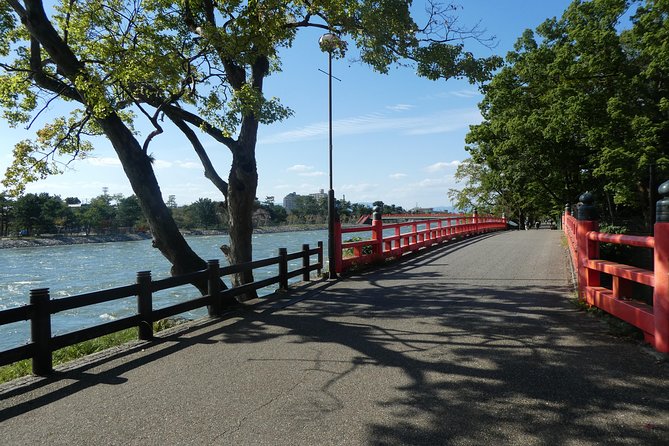
- Efficient exploration of iconic landmarks and gardens via train
- Immersive Zen experiences in tranquil temples for mindfulness
- Rich cultural traditions through Japanese tea ceremonies and sake tasting
- Connection with Zen philosophy, mindfulness, and Japanese customs
Here's some other great tours and experiences nearby we think you'll like.
East Kyoto Attractions by Train
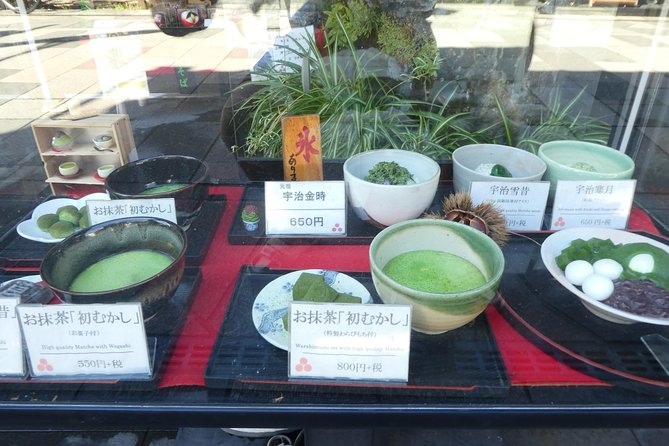
Set out on a train adventure to explore the top attractions of East Kyoto and make the most of your sightseeing experience in a convenient and efficient way.
Train travel in East Kyoto offers fantastic sightseeing opportunities, allowing you to hop between famous spots with ease. From the moment you step onto the train, you’ll be whisked away to temples, shrines, and other must-see locations.
The beauty of traveling by train lies in its simplicity and affordability, making it a practical choice for budget-conscious travelers. So, whether you’re heading to a serene temple or a bustling market, the train will get you there swiftly, letting you soak in all that East Kyoto has to offer without breaking the bank.
Iconic Landmarks and Gardens
Discover East Kyoto’s iconic landmarks and gardens for a memorable budget-friendly sightseeing experience. Hop on the convenient train routes to explore these must-see attractions offering stunning scenic views:
-
Fushimi Inari Taisha: Walk through the famous torii gates and enjoy panoramic views of Kyoto from the mountaintop.
-
Kiyomizu-dera Temple: Admire the wooden architecture and serene gardens while taking in breathtaking views of the city.
-
Arashiyama Bamboo Grove: Wander through the enchanting bamboo forest and visit the peaceful gardens of Tenryu-ji Temple.
These landmarks and gardens showcase the beauty and history of Kyoto, all easily accessible by train for a hassle-free adventure.
Zen Gardens and Temples
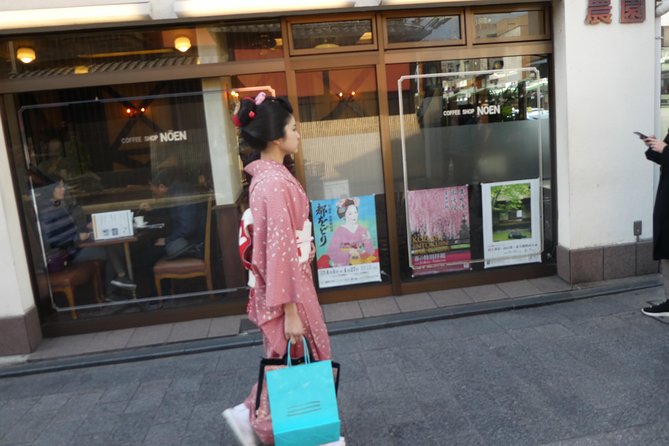
Enjoy the peaceful ambiance of East Kyoto’s Zen gardens and temples for a serene and enlightening experience. These sacred spaces offer a refuge from the hustle and bustle of the city, allowing visitors to find inner peace through mindfulness meditation.
Take a leisurely stroll through meticulously manicured gardens, listen to the gentle sounds of nature, and admire the architectural beauty of ancient temples. Engage in meditation sessions guided by experienced practitioners to cultivate a sense of tranquility and self-awareness.
Whether you’re seeking spiritual enlightenment or simply a moment of calm reflection, the Zen gardens and temples in East Kyoto provide a serene retreat for visitors of all backgrounds.
Zen Philosophy and Practices
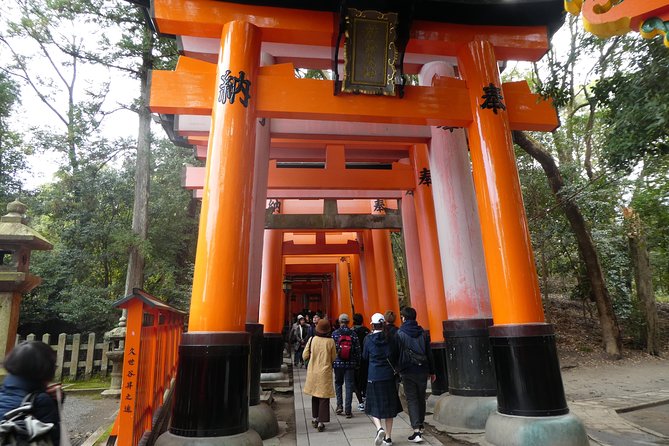
One can explore the essence of Zen philosophy and practices through guided sessions and immersive experiences in East Kyoto’s serene temples and gardens. When exploring Zen in East Kyoto, visitors can expect:
-
Zen Meditation: Engage in peaceful meditation sessions guided by experienced practitioners to cultivate mindfulness and inner calm.
-
Mindfulness Practices: Learn about the principles of mindfulness and how to incorporate them into daily life, fostering a deeper connection with the present moment.
-
Guided Insights: Gain valuable insights into Zen philosophy from knowledgeable guides, who provide context and understanding to enhance your experience.
These experiences offer a unique opportunity to connect with the spiritual teachings of Zen while immersing oneself in the tranquil surroundings of East Kyoto.
Japanese Tea Ceremony Art
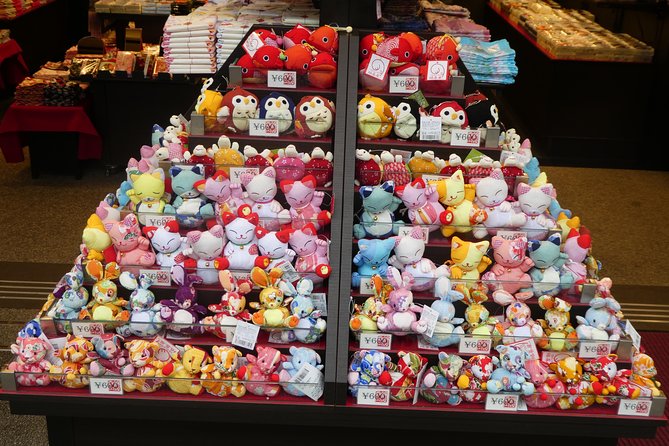
Explore the rich cultural tradition of the Japanese tea ceremony art, a delightful and insightful experience awaiting visitors in East Kyoto’s serene temples and gardens. Japanese culture values the practice of traditional tea ceremonies, which involve intricate rituals and a deep appreciation for the art of tea preparation and consumption. Visitors can enjoy this centuries-old tradition, learning about the history and significance of tea in Japan. From the vibrant green matcha to the delicate sencha, guests can taste a variety of traditional Japanese teas while understanding the intricate details of the ceremony. Engage in this unique cultural experience to gain a deeper insight into Japanese traditions and customs.
| Japanese Tea Ceremony Art | |
|---|---|
| History and Significance | Rituals and Etiquette |
| Traditional Japanese Teas | Cultural Practices |
Premium Sake Tasting
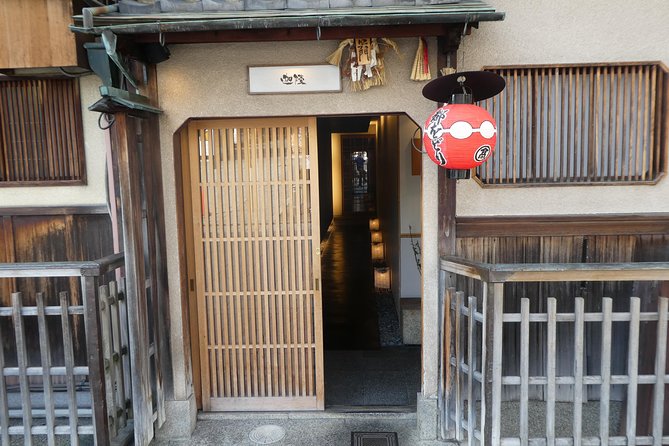
Discover the flavors of premium sake from local breweries and gain insights into the sake-making process during a sake tasting session. Here’s what to expect:
-
Sake Pairing
- Experience the art of pairing sake with various dishes to enhance flavors.
-
Sake Etiquette
- Learn the proper way to pour and drink sake to appreciate its taste fully.
-
Sake Varieties
- Sample different types of sake, from dry to sweet, to understand the diversity of this traditional Japanese beverage.
Get ready to savor the richness of premium sake while delving into the world of sake pairing and etiquette. It’s a budget-friendly way to learn about Japanese culture through this beloved drink.
Insights Into Sake Making

Get a behind-the-scenes look at the artistry and craftsmanship involved in sake making. Dive into the intricate sake brewing process and discover the traditional sake fermentation techniques that have been refined over centuries.
From polishing rice grains to the precise control of fermentation temperatures, each step plays a crucial role in producing Japan’s beloved drink. Sake makers carefully balance tradition with innovation, blending ancient methods with modern technology to create the perfect brew.
Frequently Asked Questions
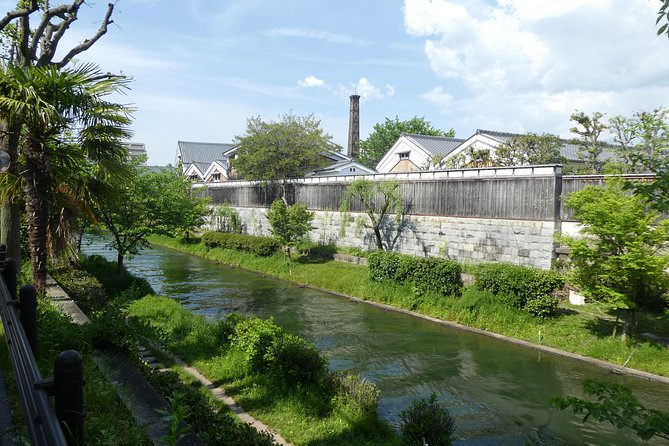
What Is the Best Time of Day to Visit East Kyoto’s Top Attractions by Train to Avoid Crowds?
For the best train routes and optimal timing to avoid crowds in East Kyoto, aim for early mornings or late afternoons. These times often offer a quieter experience at the top attractions, allowing visitors to explore with more ease.
Are There Any Hidden Gems or Lesser-Known Spots in East Kyoto That Are Worth Exploring?
For those seeking hidden gems in East Kyoto, off the beaten path spots and local favorites await. Uncover unique experiences beyond the usual tourist spots to truly immerse in the city’s authentic charm.
How Can Visitors Best Prepare for a Meditation Session at a Zen Temple in Kyoto?
To prepare mentally for a meditation session at a Zen temple in Kyoto, visitors can focus on finding tranquility within themselves. Taking deep breaths, clearing the mind, and embracing the present moment can enhance the experience.
Is It Possible to Participate in a Traditional Japanese Tea Ceremony Outside of the Scheduled Tours?
Yes, it’s possible to enjoy a traditional Japanese tea ceremony outside of scheduled tours for a more authentic culture experience. Visitors can seek local tea houses or cultural centers to arrange this traditional experience.
Are There Any Specific Etiquettes or Customs to Keep in Mind When Tasting Premium Sake at a Local Brewery in Kyoto?
When tasting premium sake at a local brewery in Kyoto, it’s essential to show respect by following brewery etiquette. Visitors should listen attentively to the sake-making process, sample with appreciation, and avoid overindulging to fully enjoy the experience.
Final Words
So, if you’re looking for a budget-friendly and practical way to experience the highlights of East Kyoto, this guided tour by Viator is the way to go.
From iconic landmarks to Zen gardens, Japanese tea ceremonies, and sake tastings, this journey will immerse you in the rich culture and traditions of Kyoto.
Don’t miss out on this incredible opportunity to explore the essence of East Kyoto by train!
